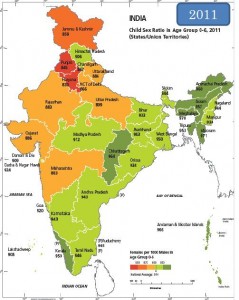MCD is using Bhagidari scheme to involve community in maintenance of colony parks. Residents Welfare Associations (RWAs) are allowed to adopt parks belonging to MCD and get plants, fertilizers and funds to recruit gardeners for the maintenance of their neighborhood parks. MCD pays Rs 6,000 per month for every acre of land adopted. Since then 800 parks have been adopted by RWAs across the Capital.
Officials also acknowledge the impact that the scheme has brought. Earlier the parks were being used for car parking, functions and generally had become eyesores as people used it as dustbins. Now the greenery has enhanced, people participation in maintenance of gardens has also increased. Although scheme is not foolproof, there are glitches like delay in receiving payments; adopting the parks itself may take time, etc. Some RWAs also are not so effective, however considering ‘more’ parks (out of the parks alloted to RWAs) are now better maintained, perhaps Government needs to scale up this scheme to other services too.
____________________________________
Socio Research & Reform Foundation
(A Non Government Organisation)/span>
512 A, Deepshikha, 8 Rajendra Place, New Delhi – 110008
Tele/Fax: +91-11-25821088, 25817157, 25722044
e-mail: socio-research@sma.net.in

